Table of Contents
Known as gumbo in the South and lady’s fingers in some countries, okra (Abelmoschus esculentus) is primarily cultivated for its long, fuzzy, green seed pods. Technically, okra is considered a fruit, but it does well in vegetable cuisines like soups, stews, and stir-fry. Due to their tender texture, okra leaves can be an alternative to beet greens in recipes and salads.
Growing okra at home opens you up to an array of varieties; all with unique characteristics in flavor, growth, size, texture, and yield.
Common Okra Types
Okra is traditionally grown in regions with subtropical, tropical, and warm climates, but this annual plant is suitable to all USDA hardiness zones. In the South, the longer growing season provides enough time for many okra varieties to grow. Early-maturing varieties are fine to grow in regions in the United States with colder temperatures.
Heirloom and Hybrid Okras
Before we run down different okra varieties, let’s first learn the two primary categories of the crop — heirloom and hybrid.
Excellent examples of heirloom okra varieties include Clemson Spineless 80, Cows Corn, Emerald, Hill Country Red, Jade, and Star of David. Essentially, heirloom varieties are free from any crossbreeding for at least 40 to 50 years. Being true to seed, heirlooms are ideal for seed saving as they manifest the same traits as the parent plant. Many ethnic, familial, and social units in certain regions of the world traditionally maintain these heirloom seeds passed down from one generation to the next. In some cases, seed companies maintain the heirloom variety.
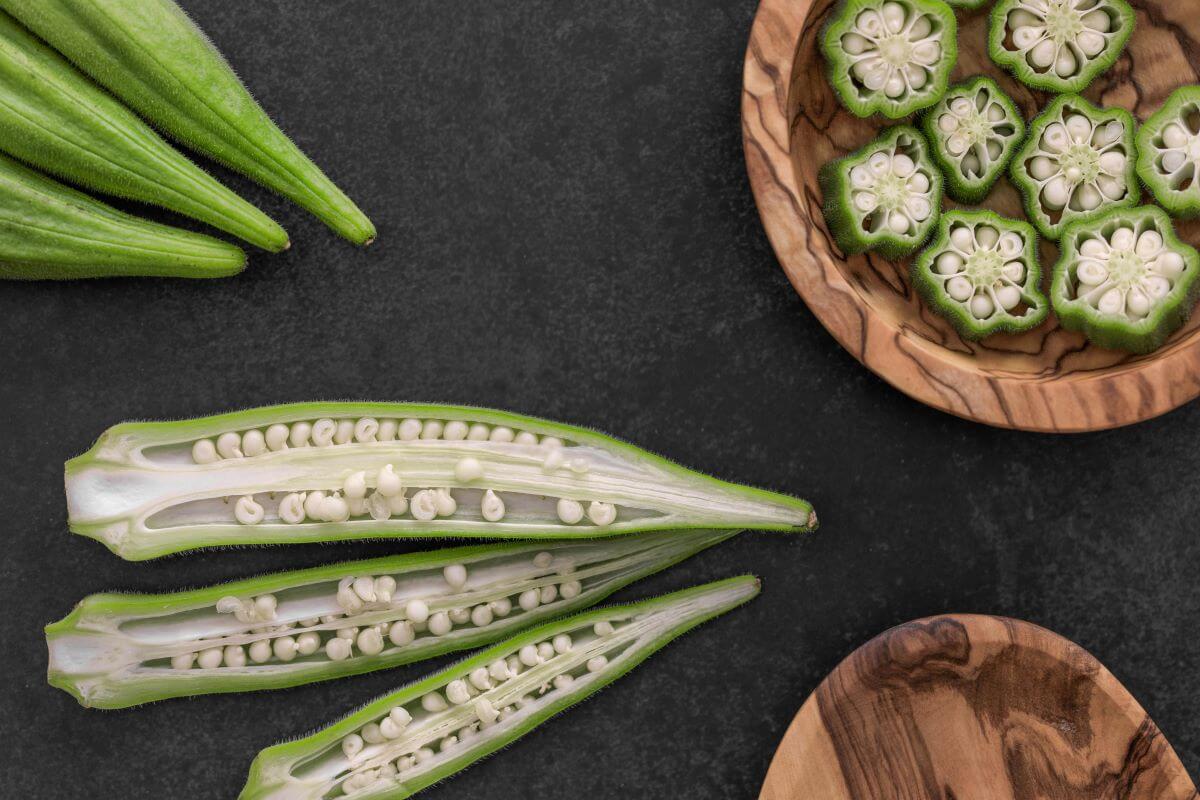
If you’re aiming for mass producing okra, consider hybrid varieties. Agriculturists innovated this type by deliberately cross breeding two types of okra. The resulting hybrid can have valuable traits from both the parent plants. Resistance to cold, disease, heat, and pests can be strengthened in hybrid varieties. Additionally, the enhancements on flavor, growth, and yield for this type are advantageous in large-scale farming.
Annie Oakley II, Dardo, Little Lucy, and North and South are all considered hybrid okra varieties.
Other Popular Okra Groupings
Take a look at some of the most prominent okra varieties grouped by characteristics.
Types of Okra Pod Colors
Green is the typical color of okra pods, but some varieties come in other colors.
| Types of Okra Pod Colors | Common Examples (Where to Buy) |
|---|---|
| Green Okra Pods | Clemson Spineless 80 (Eden Brothers, True Leaf Market, Rare Seeds) Cow Horn or Cows Horn (Eden Brothers, True Leaf Market) Emerald (Eden Brothers, True Leaf Market) Jambalaya (Territorial Seed Company, True Leaf Market) Perkins Long Pod (Eden Brothers, True Leaf Market) |
| Multicolored Okra Pods | Hill Country Red (Eden Brothers, True Leaf Market) |
| Orange Okra Pods | Jing Orange (Eden Brothers, True Leaf Market) |
| Red Okra Pods | Bowling Red (Rare Seeds) Candle Fire (Territorial Seed Company) Red Burgundy (Eden Brothers, True Leaf Market) |
Types of Okra Pod Sizes
Not all okras are created equal. Some are longer than others.
| Types of Okra Pod Sizes | Common Examples (Where to Buy) |
|---|---|
| Dwarf-Sized Okra Pods | Hill Country Red (Eden Brothers, True Leaf Market) Jambalaya (Territorial Seed Company, True Leaf Market) |
| Semi-Dwarf-Sized Okra Pods | Emerald (True Leaf Market) Jade (True Leaf Market) |
| Long Okra Pods | Bowling Red (Rare Seeds) Cow Horn or Cows Horn (Eden Brothers, True Leaf Market) Jing Orange (Eden Brothers, True Leaf Market) Perkins Long Pod (Eden Brothers, True Leaf Market) Red Burgundy (Eden Brothers, True Leaf Market) |
Types of Okra Flavors
Okras are generally sweet. Other hints of flavor vary, depending on the cultivar.
| Types of Okra Flavors | Common Examples (Where to Buy) |
|---|---|
| Earthy and Sweet Okras | Hill Country Red (Eden Brothers, True Leaf Market) Jambalaya (Territorial Seed Company, True Leaf Market) Jing Orange (Eden Brothers, True Leaf Market) Perkins Long Pod (Eden Brothers, True Leaf Market) Star of David (Eden Brothers, True Leaf Market) |
| Mild and Sweet Okras | Clemson Spineless 80 (Eden Brothers, True Leaf Market, Rare Seeds) Cow Horn or Cows Horn (Eden Brothers, True Leaf Market) Emerald (True Leaf Market) Hill Country Red (Eden Brothers, True Leaf Market) Red Burgundy (Eden Brothers, True Leaf Market) |
Types of Okra Textures
When eaten raw, okra provides a special crunch in salads. Some mature okras tend to be tough. You can soften them by cooking.
| Types of Okra Textures | Common Examples (Where to Buy) |
|---|---|
| Crisp Okras | Candle Fire (Territorial Seed Company) Cow Horn or Cows Horn (Eden Brothers, True Leaf Market) Hill Country Red (Eden Brothers, True Leaf Market) Jambalaya (Territorial Seed Company, True Leaf Market) Perkins Long Pod (Eden Brothers, True Leaf Market) |
| Tender Okras | Clemson Spineless 80 (Eden Brothers, True Leaf Market, Rare Seeds) Emerald (True Leaf Market) Jing Orange (Eden Brothers, True Leaf Market) Red Burgundy (Eden Brothers, True Leaf Market) Star of David (Eden Brothers, True Leaf Market) |
Types of Geographic Origins
The exact origins of okra are hotly debated. Some studies suggest it originates either from Ethiopia or Asia.
| Types of Geographic Origins | Common Examples (Where to Buy) |
|---|---|
| African Okras | Nkruma Tenten (Rare Seeds) |
| Middle Eastern Okras | Star of David (Eden Brothers, True Leaf Market) |
| North American Okras | Alabama Red (Rare Seeds) Bowling Red (Rare Seeds) Clemson Spineless 80 (Eden Brothers, True Leaf Market, Rare Seeds) Cow Horn or Cows Horn (Eden Brothers, True Leaf Market) Heavy Hitter (Rare Seeds) Hill Country Red (Eden Brothers, True Leaf Market) Louisiana 16 Inch Long Pod (Rare Seeds) |
| Asian Okras | Burmese (Rare Seeds) Candle Fire (Territorial Seed Company) Jing Orange (Eden Brothers, True Leaf Market) |
Types of Culinary Uses
Due to its flavor and texture, okra has a handful of culinary applications. Excess okra should never go to waste as you preserve them longer for future uses.
| Types of Culinary Uses | Common Examples (Where to Buy) |
|---|---|
| Okras for Canning and Pickling | Jambalaya (Territorial Seed Company, True Leaf Market) Perkins Long Pod (Eden Brothers, True Leaf Market) |
| Okras for Frying and Stir-fry | Cow Horn or Cows Horn (Eden Brothers, True Leaf Market) Hill Country Red (Eden Brothers, True Leaf Market) |
| Okras for Soups and Stews | Clemson Spineless 80 (Eden Brothers, True Leaf Market, Rare Seeds) Emerald (Eden Brothers, True Leaf Market) Jing Orange (Eden Brothers, True Leaf Market) Red Burgundy (Eden Brothers, True Leaf Market) |
Types of Disease Resistance
Some okra varieties are more resistant to disease than others.
| Types of Disease Resistance | Common Examples (Where to Buy) |
|---|---|
| Disease-Resistant Varieties | Candle Fire (Territorial Seed Company) Emerald (True Leaf Market) |
| Susceptible Varieties | Clemson Spineless 80 (Eden Brothers, True Leaf Market, Rare Seeds) Hill Country Red (Eden Brothers, True Leaf Market) |
Types of Preferred Growing Conditions
Okras thrive well in warm soil with full sun exposure. Check out these varieties to see which fit your garden needs and resources before buying okra seeds.
| Types of Preferred Growing Conditions | Common Examples (Where to Buy) |
|---|---|
| Container Okras | Clemson Spineless 80 (Eden Brothers, True Leaf Market, Rare Seeds) Emerald (True Leaf Market) Hill Country Red (Eden Brothers, True Leaf Market) Jade (True Leaf Market) Jambalaya (Territorial Seed Company, True Leaf Market) |
| Field and Greenhouse Okras | Burmese (Rare Seeds) Cow Horn or Cows Horn (Eden Brothers, True Leaf Market) Jing Orange (Eden Brothers, True Leaf Market) Perkins Long Pod (Eden Brothers, True Leaf Market) Red Burgundy (Eden Brothers, True Leaf Market) |
Popular Varieties of Dwarf and Semi-Dwarf Okras
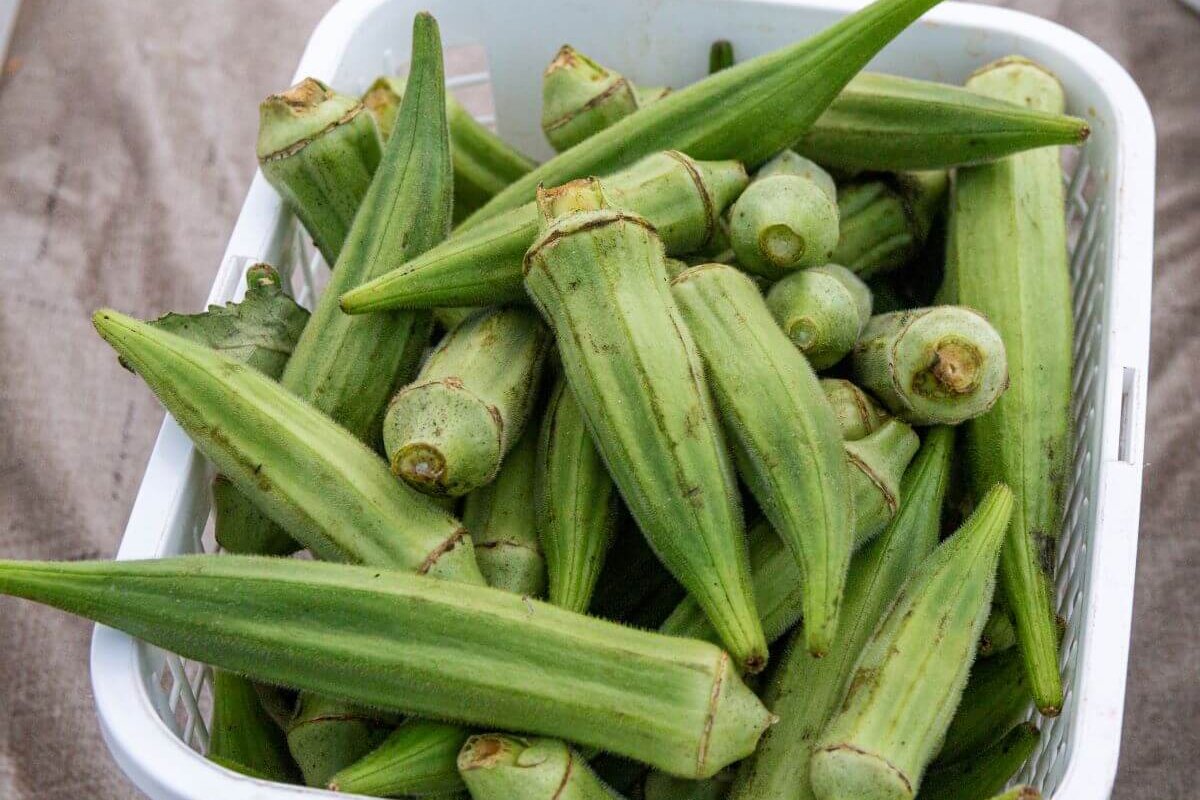
Don’t underestimate the small-sized pods of these okra varieties. Although shorter than we’re typically used to, dwarf and semi-dwarf okras are not short of flavor and texture. Some dwarf varieties are considered early maturing.
| Variety | Description | Days to Germination | Days to Maturity | Where to Buy |
|---|---|---|---|---|
| Emerald | Developed by Campbell’s Soup Company in the 50s, Emerald okra grows a 5- to 8-foot plant with ribbed green pods. You can harvest the okra pods when they reach 2 to 4 inches long for a more tender texture. Emerald okra is good in soups, but you can it raw or cooked by baking and grilling. | 6 to 14 days | 55 to 70 days | True Leaf Market |
| Hill Country Red | Another ribbed okra variety, the Hill Country Red thrives in a well-drained soil with full-sun exposure. This heirloom okra from Texas yields thick green pods with hints of red that develops during maturity. | 2 to 12 days | 60 to 70 days | Eden Brothers, True Leaf Market |
| Jade | Originally produced by the University of Arkansas, the Jade okra variety is an excellent choice for home gardeners due to its early maturity and reliable yield. | 7 to 14 days | 55 to 60 days | True Leaf Market |
| Jambalaya | If you can only do container planting, consider Jambalaya. Its compact plant structure and uniform pods will surely fit your pot of choice. Jambalaya okra has versatile culinary uses (raw or cooked). You can also preserve the tender pods through canning and pickling. | 7 to 10 days | 55 to 58 days | Territorial Seed Company, True Leaf Market |
Popular Varieties of Long Okras
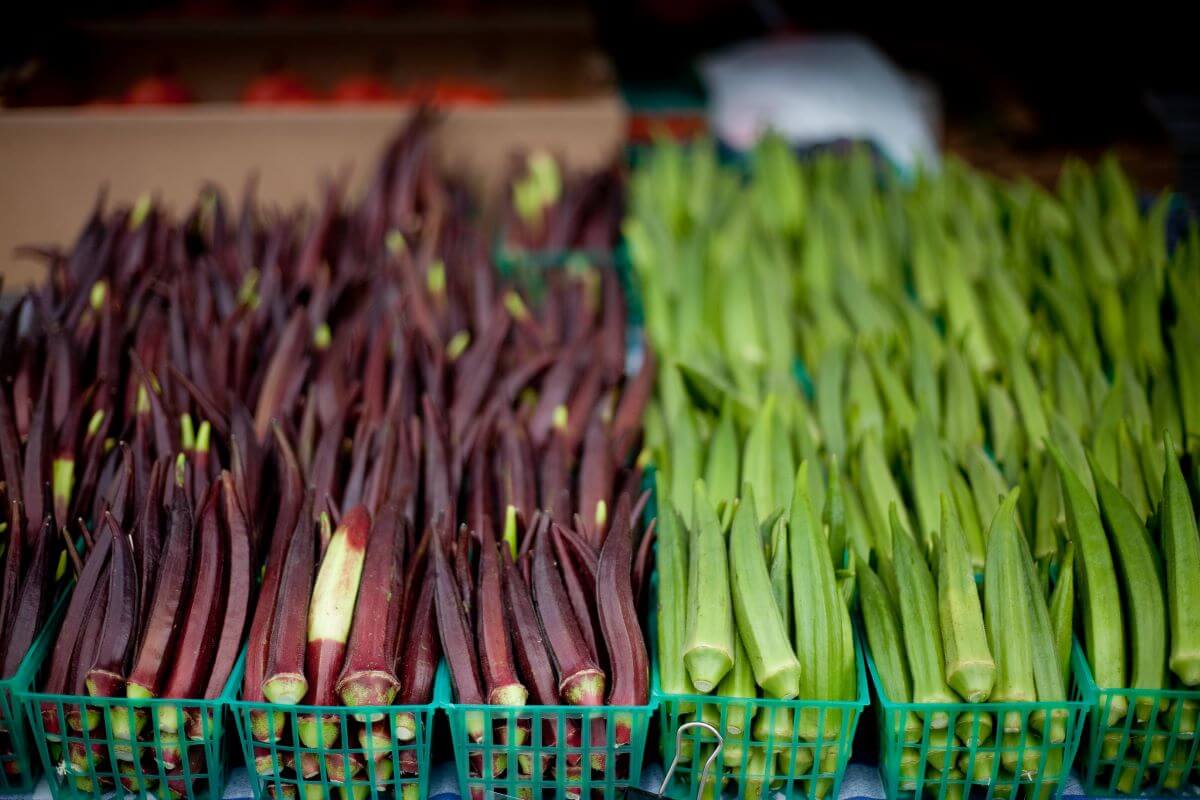
Fully-matured okras tend to have a more vigorous texture. You can tone this down by cutting your okra in small pieces and cooking it in a gumbo or stew. You can blanch or boil them, too.
| Variety | Description | Days to Germination | Days to Maturity | Where to Buy |
|---|---|---|---|---|
| Bowling Red | Originating from Virgina, the Bowling Red okra plant can reach up to 8 feet tall. This variety grows deep red stems and pods. If you’re tired of the common green color of okras, explore this variety to give a pop of blush to your home garden and meals. | 7 to 14 days | 55 to 60 days | Rare Seeds |
| Cow Horn or Cows Horn | Similar to cow horn in appearance, pods of this okra variety can reach up to 14 inches long at best. Its meaty texture does well in soups and stews. | 7 to 14 days | 55 to 60 days | Eden Brothers, True Leaf Market |
| Louisiana 16 Inch Long Pod | You can harvest the pods of this Louisiana variety once they reach 10 inches long. Some okra pods tend to become tough as they mature, but not with this variety. Pods stay tender for a longer period compared to other varieties of okra. | 7 to 10 days | 60 to 65 days | Rare Seeds |
| Jing Orange | Suitable in soups and stir-fry, Jing Orange is an Asian variety that offers beautiful red-orange okra pods about 6 to 7 inches in length. This variety has a high yield and tolerates drought and heat efficiently. | 7 to 14 days | 30 to 60 days | Eden Brothers, True Leaf Market |
| Perkins Long Pod | This Southern favorite can grow 5-foot plants with pale green pods about 8 inches in length. Traditionally, Perkins Long Pod is used in making gumbo and excess harvest can be preserved through canning. It is a staple in Southern gumbo. | 7 to 14 days | 55 to 60 days | Eden Brothers, True Leaf Market |
| Red Burgundy | Red Burgundy was first developed by Leon Robbins of Clemson University. The height of this variety can reach anywhere between 3 and 4 feet. Expect pods with purple to red exterior. | 7 to 10 days | 80 to 85 days | Eden Brothers, True Leaf Market |
FAQ About Types of Okra
Which okra type is suitable for cooking gumbo?
Varieties of okra such as Clemson Spineless 80, Cows Horn, Emerald, Jambalaya, and Perkins Long Pod are traditionally used in gambo. Okra serves as a thickener as the pods release mucilaginous slime during cooking. Wash your okra harvest first, removing any impurities. Some cooks prefer smoother pods. To achieve this texture, gently rub the fuzz found on the okra skin during washing. You can use a nylon scouring brush. Add the chopped okra to your gumbo, or soak it for half an hour in apple cider vinegar or red wine.
What okra varieties have ridged pods?
Prominent ridges on okra pods will result in interesting shapes when you chop the pods horizontally. Varieties with ridged pods include Louisiana 16 Inch Long Pod, Jing Orange, and Star of David.



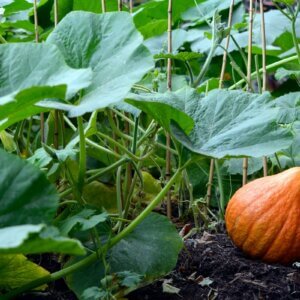
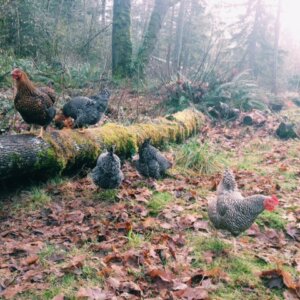

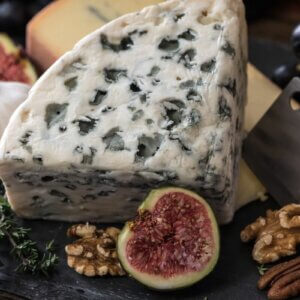


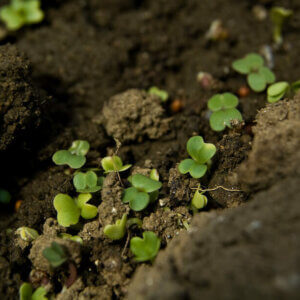
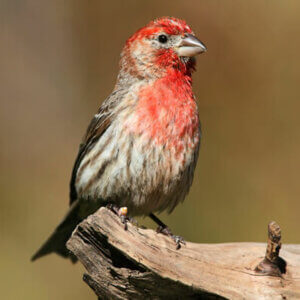


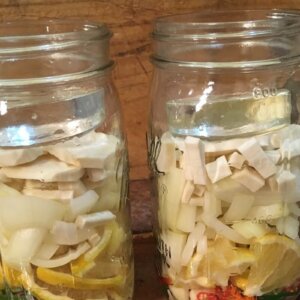
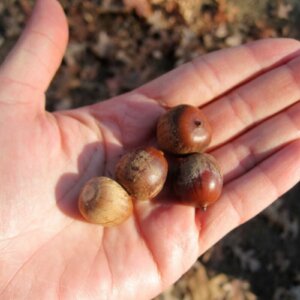
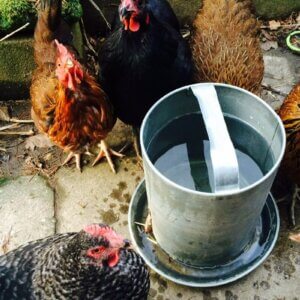



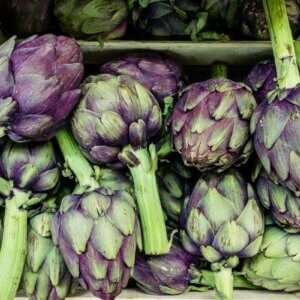









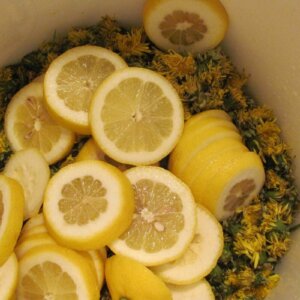



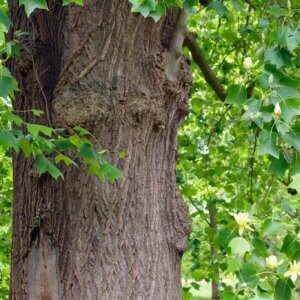

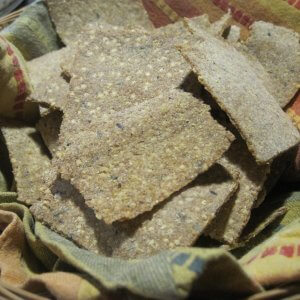
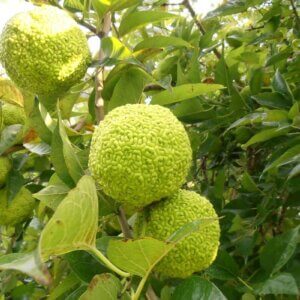





Leave a Reply